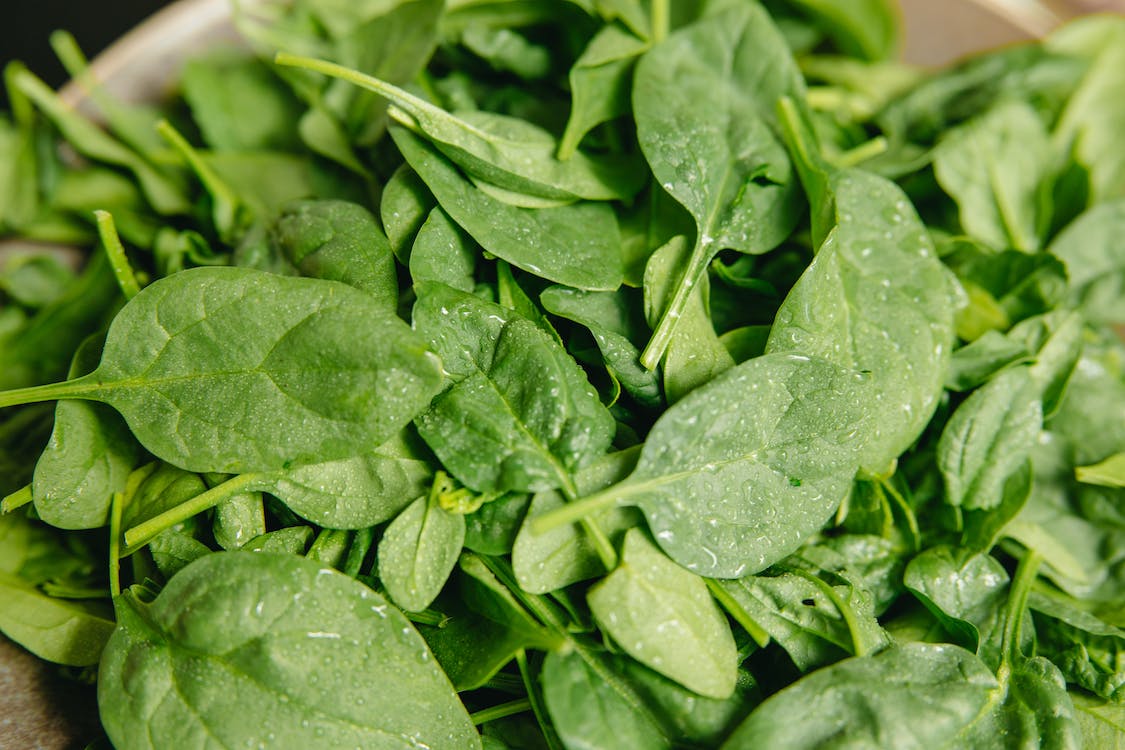OXALATES ARE DANGEROUS
In short, it’s a naturally-occurring toxic, corrosive acid. In that state, it’s called oxalic acid. When the oxalic acid has minerals attached to it, it’s called oxalate.
Chemically, it’s a salt, and like other salts, it forms crystals that your body innately has a limited capacity to process. Calcium oxalate, for example, which is oxalic acid with calcium attached, forms into painful kidney stones.
And, unlike some other food-related toxins, oxalate cannot be removed by cooking, soaking or fermenting the food. You also cannot simply take a mineral supplement to address the depletion oxalates causes.
How Oxalate Causes Damage in Your Body:
Oxalic acid is a dicarboxylic acid, meaning it has two carbons and each carbon has an oxygen molecule attached to it. This special carbolic acid has all kinds of damaging toxic powers when it’s near a membrane.
Membranes really matter to biochemistry and to our basic physiology at the cellular level. Your membranes have to have the right structure and the right materials in them to function well. You’ve been focusing lately on vegetable oils [linoleic acid] and how toxic they are.
It’s messing up the structure of the membrane, because a membrane is this double layer of fatty acids. Well, it needs a certain structure to work.
Now, the membrane does all kinds of intellectual communication processes in the cell, helps the cell decide what to do next in any situation, and you need to have certain fatty acids only on the inside of the membrane. It’s two layers. So, there’s what we call the inner leaflet and the outer leaflet.
On the inner leaflet, there is a phospholipid called phosphatidylserine … What’s getting into your body and causing trouble is the free oxalic acid ion, this single little molecule that easily transverses your gut because it just floats in the water between the cells.
When oxalate’s around, it causes membrane damage to the point where that innate structure where the phosphatidylserine is now showing up on the outside of the membrane. That’s bad news. For many cells, that means the cell is now in line to be removed because it’s damaged. It’s a signal to the immune system, hey, take away the cell. It’s been harmed.
So, you lose your structured membrane. That creates all kinds of headaches for a cell. Often it cannot function properly. This is especially true of the cells that line the vascular system. So, the endothelial lining that is this giant organ of physiology, metabolism and maintenance of the body can be in trouble.
The top three vegetable “superfoods” that are very high in oxalate and may cause trouble are spinach, Swiss chard and beet greens. Another high-oxalate food is almonds, which you can easily “overdose” on if you’re eating bread made with almond flour or drinking almond milk, or if you’re on a keto or paleo diet, as they both tend to rely heavily on almonds. Dark chocolate is another food that scores high for oxalates.

